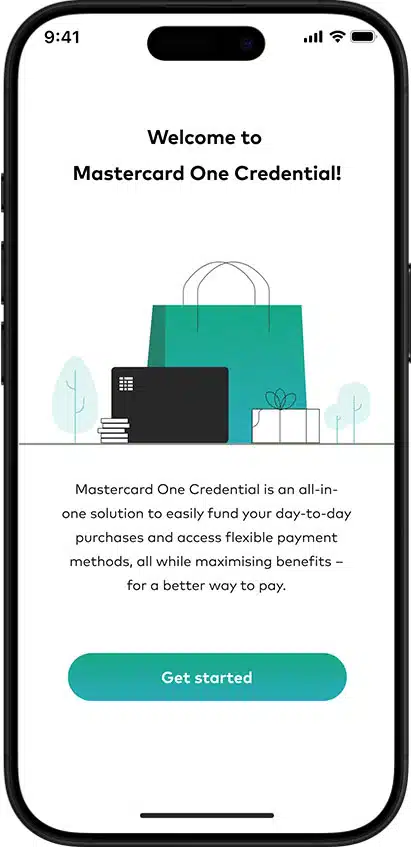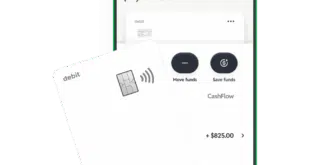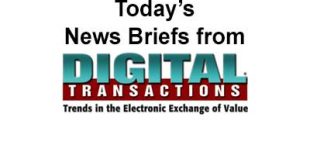Mastercard Inc. announced early Wednesday the launch of One Credential, a digital-payment solution that supports multiple payment methods such as credit, debit, and prepaid, as well as installment loans, on a single card.
Targeted primarily at Gen Zers, One Credential allows consumers to tailor their payment methods to better manage their personal finances. For example, a One Credential user can opt to pay for household expenses using her checking account, and pay for larger purchases using an installment loan. Users can also set dollar-amount limits that trigger the account that will be used to pay for a purchase, such as any purchase over $100 automatically being charged to the user’s credit card. Users can set their preferences online or through the One Credential app, which also provides an overview of users’ spending.
“Mastercard One Credential empowers cardholders with more choice and convenience in how they pay,” a Mastercard spokesperson says by email. “Installments is one of those choices that is especially appealing to cardholders who are dipping their toes into credit, finding a path to creditworthiness, and want increased transparency and control over their finances. By introducing structured credit, cardholders can manage and control their finances based on their needs.”

Mastercard says it is targeting Gen Zers because of their preference for “innovative” digital tools that help them manage their finances.
Research by Mastercard reveals that nearly half of Gen Zers prefer to use new and innovative methods of payment, while 65% want to manage all their finances through a single app. In addition, the research indicates Gen Zers prefer personalized solutions. Personalization is 1.31 times more important to Gen Zers than to other generations when choosing a payment method, Mastercard says.
“Datos Insights consumer research shows a clear preference for debit vs. credit based on the purchase type and amount across all age groups. This could be especially attractive to Gen Zers wanting the most efficient way to manage their spending rather than fumbling through their wallet searching for the right card for each purchase,” David Shipper, a strategic advisor for Datos Insights, says by email.
On the issuing side, Mastercard is partnering with card-issuing platform providers Marqueta Inc., Galileo Financial Technologies LLC, and Lithic Inc. Other technology partners include i2c Inc., a provider of banking and payments technology, and payment processor Episode Six Inc.
Wio Bank, a digital banking platform, has launched One Credential in the United Arab Emirates. Australia’s Bendigo and Adelaide Bank Group and UP, a neobank in Australia, will also issue One Credential.
On the issuing side, One Credential will provide issuers with a point of differentiation for younger consumers, Mastercard says. Plans are also in the works to roll out One Credential for small businesses.
“One Credential offers issuers an option to deliver a differentiated experience that is especially appealing to digitally native cardholders who want choice and control over how they pay,” the Mastercard spokesperson says. “It also enables issuers to offer consumers multiple products in a single, programmable journey, which contributes to top-of-wallet behavior.”
One Credential is similar to Visa Inc.’s Flexible credential, which allows cardholders to choose from a list of payment methods when using a Visa card, including debit, credit, or buy now pay later, through a single credential. Flexible Credential users can also choose to pay via rewards points. Introduced in May 2024, Flexible Credential launched in Japan and was introduced in the United States in July.
While One Credential and Visa Flexible Credential both appear to provide similar user experiences, a consumer’s choice between the two “will depend on whether the issuer is a Mastercard or Visa card issuer, and not because one is better than the other,” Shipper adds.





